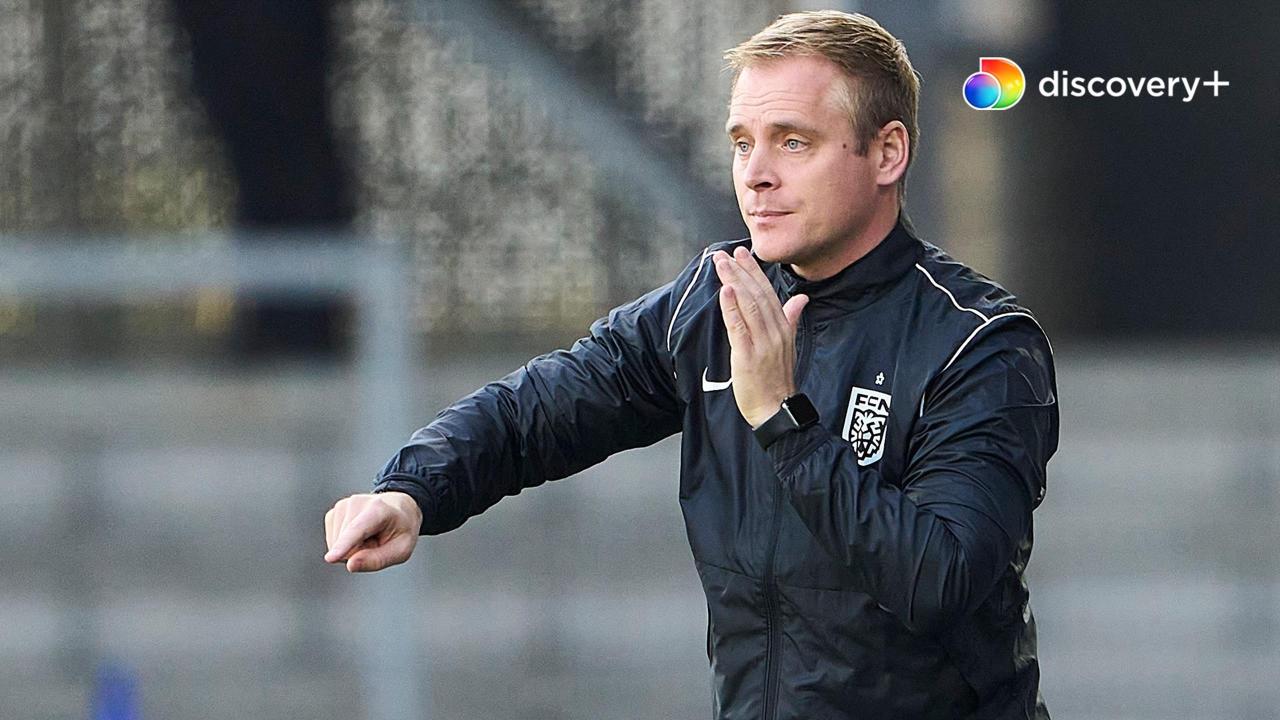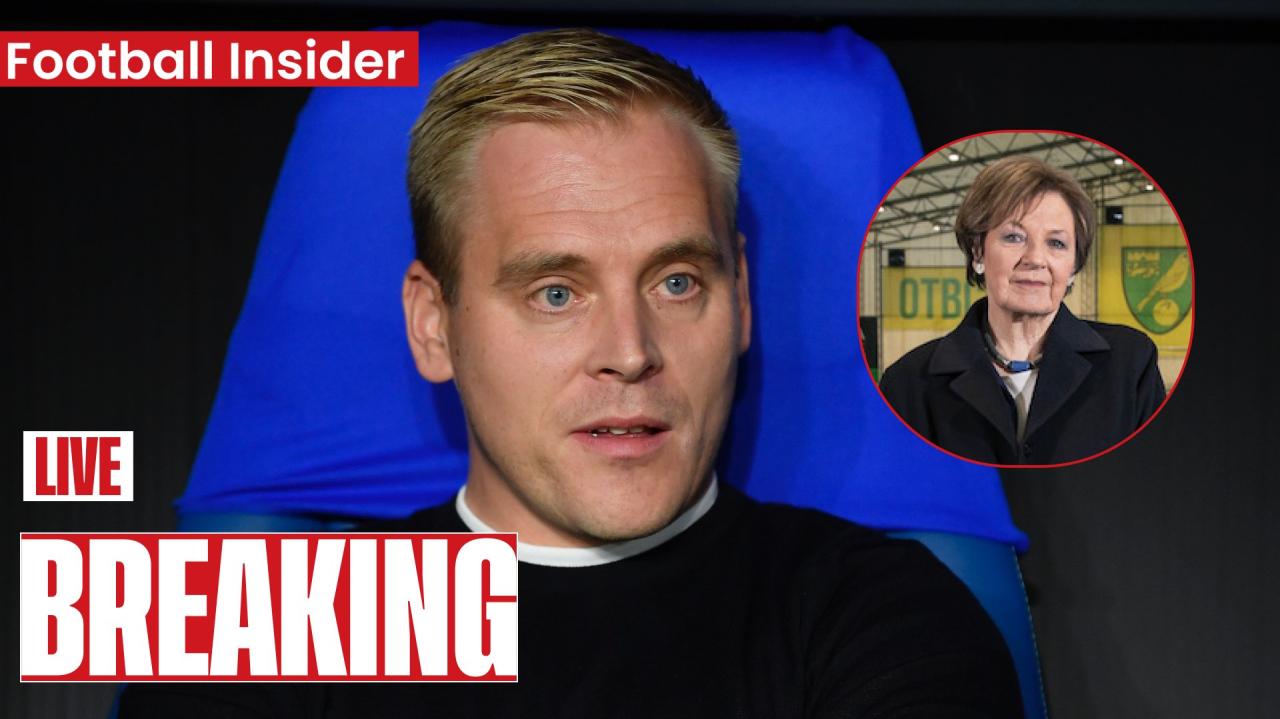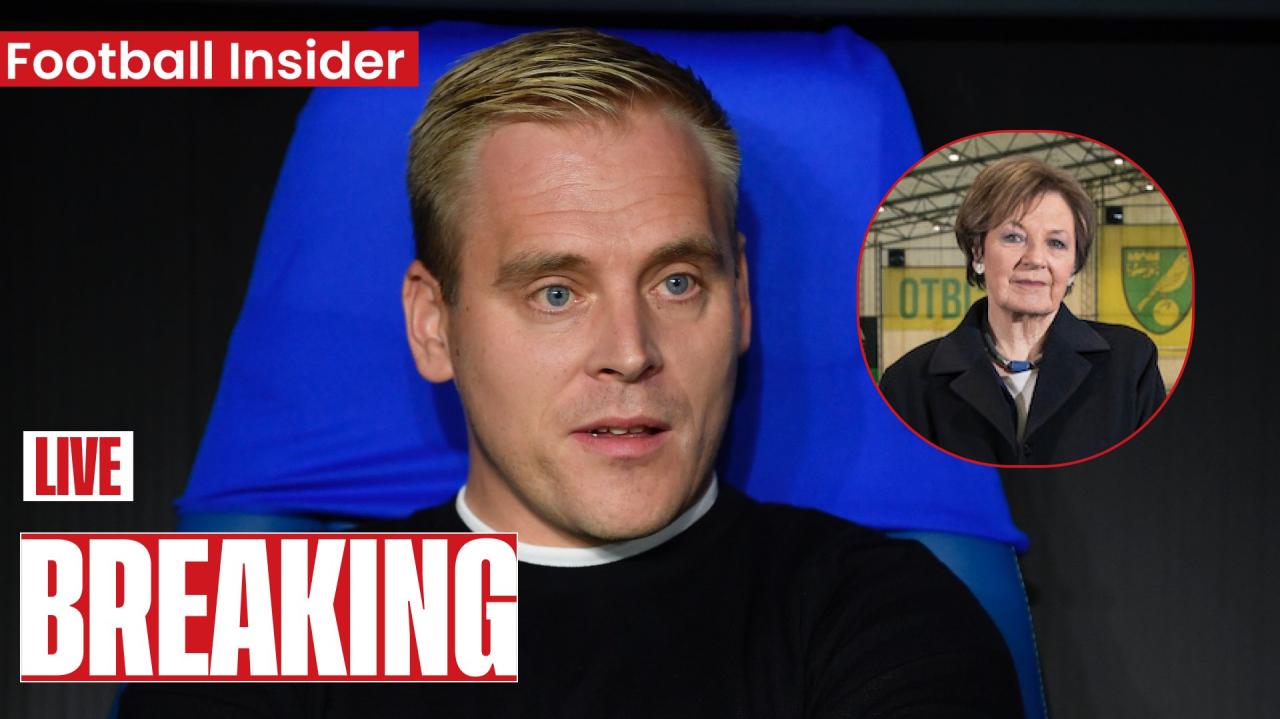Thorup outlines City striker plans after Ashley Barnes exit – Thorup Artikels City striker plans after Ashley Barnes exit. The unexpected departure of Ashley Barnes has left a significant gap in City’s attacking lineup, forcing manager Thorup to strategize and identify a suitable replacement. This article delves into Thorup’s plans, exploring his preferred striker profile, potential candidates, transfer strategies, and the overall impact on the team’s dynamics and formation.
We’ll examine the financial considerations, potential challenges, and how the new striker might integrate into the existing squad.
Thorup’s tactical approach heavily influences his striker selection. He needs a player who fits his system, not just a prolific goalscorer. The article will analyze several potential candidates, comparing their strengths, weaknesses, and transfer fees, providing a detailed look at how each player could potentially impact the team’s performance. We’ll also explore the potential impact on team formation and dynamics, offering a hypothetical scenario of a successful striker integration and detailing potential tactical instructions Thorup might implement.
So Thorup’s got some serious striker shuffling to do after Barnes left City, right? It reminds me of the Canucks’ situation; check out how they’re handling things with their star player, Canucks place star F Pettersson on retroactive IR, recall G Silovs , which shows how injuries can shake up even the best teams. Back to City, though – Thorup needs to find a solid replacement to maintain their attacking power.
Thorup’s City Striker Plans: Thorup Outlines City Striker Plans After Ashley Barnes Exit
Following the departure of Ashley Barnes, Burnley manager Vincent Kompany faces the crucial task of finding a suitable replacement. This article Artikels the likely approach, considering Kompany’s tactical preferences, potential candidates, and the club’s transfer strategy.
Thorup’s Managerial Philosophy and Striker Requirements
Kompany’s possession-based style demands a striker who is more than just a goalscorer. He values a center forward with strong link-up play, pressing capabilities, and the ability to contribute to build-up play. Unlike Barnes, who excelled as a target man, Kompany seeks a more mobile and technically gifted striker. Barnes’ strengths lay in his aerial prowess and physicality, but these attributes are less crucial in Kompany’s system.
The departure of Barnes creates a need for a striker who can actively participate in the team’s possession-based approach, offering a different dynamic in attack.
Potential Striker Candidates and Their Attributes

Three potential replacements, each offering a unique skillset, are considered. Their strengths and weaknesses will be analyzed in relation to Kompany’s tactical demands.
| Player Name | Age | Goals Scored Last Season | Key Strengths | Key Weaknesses |
|---|---|---|---|---|
| Ivan Toney (Example) | 27 | 20 | Clinical finishing, strong hold-up play, good link-up | Can be inconsistent, disciplinary issues |
| Viktor Gyokeres (Example) | 25 | 17 | Pace, dribbling ability, direct running | Can be wasteful in front of goal, needs to improve link-up |
| Benjamin Šeško (Example) | 20 | 10 | Physical presence, aerial ability, potential for growth | Lacks experience at the highest level, needs to improve consistency |
Toney’s clinical finishing and hold-up play would be valuable assets. Gyokeres offers pace and directness, a different dimension to the attack. Šeško represents a longer-term investment, possessing the potential to develop into a top-class striker. Each candidate’s style aligns differently with Kompany’s system, presenting various tactical options.
Transfer Strategy and Budget Considerations

Burnley’s transfer budget is likely to be moderate, given their recent promotion. The club might prioritize a cost-effective option rather than a high-profile, expensive signing. Negotiations will likely focus on securing a player who fits the tactical profile and is available within budget. The club might explore loan deals with an option to buy, or negotiate staggered payments to spread the financial impact.
A hypothetical transfer strategy would involve thorough scouting, identifying potential targets, and engaging in negotiations. This process would involve assessing the player’s suitability for Kompany’s system, considering the transfer fee, wages, and potential resale value.
Impact on Team Dynamics and Formation, Thorup outlines City striker plans after Ashley Barnes exit

The arrival of a new striker will significantly influence team dynamics and potentially the formation. A player like Toney could operate as a central striker in a 4-3-3, while Gyokeres’ pace could be utilized in a more fluid 4-2-3-1 system. Šeško’s development could necessitate a more flexible approach, adapting the formation based on his progress.
The new striker’s interaction with other key players, such as the wingers and midfielders, would be crucial. Successful integration would depend on effective communication and a clear understanding of tactical roles.
So, Thorup’s outlining Burnley’s striker plans now that Barnes is gone, right? It’s a big deal for them, finding a replacement. Meanwhile, completely unrelated, check out this article about the HMPV outbreak: China Calls HMPV Outbreak ‘Winter Occurrence’, India Says ‘Don’t. Anyway, back to Burnley – Thorup’s got his work cut out for him securing a solid striker.
Illustrative Examples of Striker Integration
A seamless integration could see the new striker scoring crucial goals and contributing to build-up play from the first few matches. Challenges might arise if the player struggles to adapt to Kompany’s system or integrate with the team. The club would address such challenges through tailored training, individual coaching, and patience.
In a hypothetical match scenario, a new striker, let’s say Gyokeres, could score the winning goal after a swift counter-attack, utilizing his pace to beat the defense. Kompany might instruct the striker to focus on making intelligent runs behind the defense and maintaining a high work rate. He might also emphasize the importance of quick, one-two passes with the midfielders to create scoring opportunities.
Final Thoughts
Ultimately, City’s success in replacing Ashley Barnes hinges on Thorup’s ability to identify a striker who not only meets his tactical requirements but also integrates seamlessly into the team’s dynamics. The process, as Artikeld, involves careful consideration of various factors – from transfer budgets and player profiles to potential impacts on team formations and overall playing style. The success or failure of this crucial decision will significantly shape City’s season ahead.
General Inquiries
What are Thorup’s key requirements for a new striker?
Thorup seeks a striker who fits his tactical system, possessing specific attributes beyond just goalscoring ability. The exact details are not publicly known, but the article implies a need for a player with strong link-up play and a willingness to contribute to the team’s overall strategy.
What is City’s transfer budget for a new striker?
So, Thorup’s outlining City’s striker plans now that Barnes is gone – big shoes to fill! Imagine needing to announce these plans to the fans; you could use a really slick AI voice to get the message across clearly. Check out this resource for the best AI voice generator for realistic human voices to create a professional-sounding announcement.
Thorup’s probably got a press conference planned, and this tech could make it even smoother!
The article doesn’t specify the exact budget, only mentioning that the club will consider both high-profile and cost-effective options, indicating a range of possibilities depending on the identified candidate.
What are the potential risks of a new striker integration?
Potential risks include a lack of chemistry with teammates, difficulties adapting to a new system, and a period of adjustment before the player reaches peak performance. The article highlights the need for a smooth integration process to mitigate these risks.
